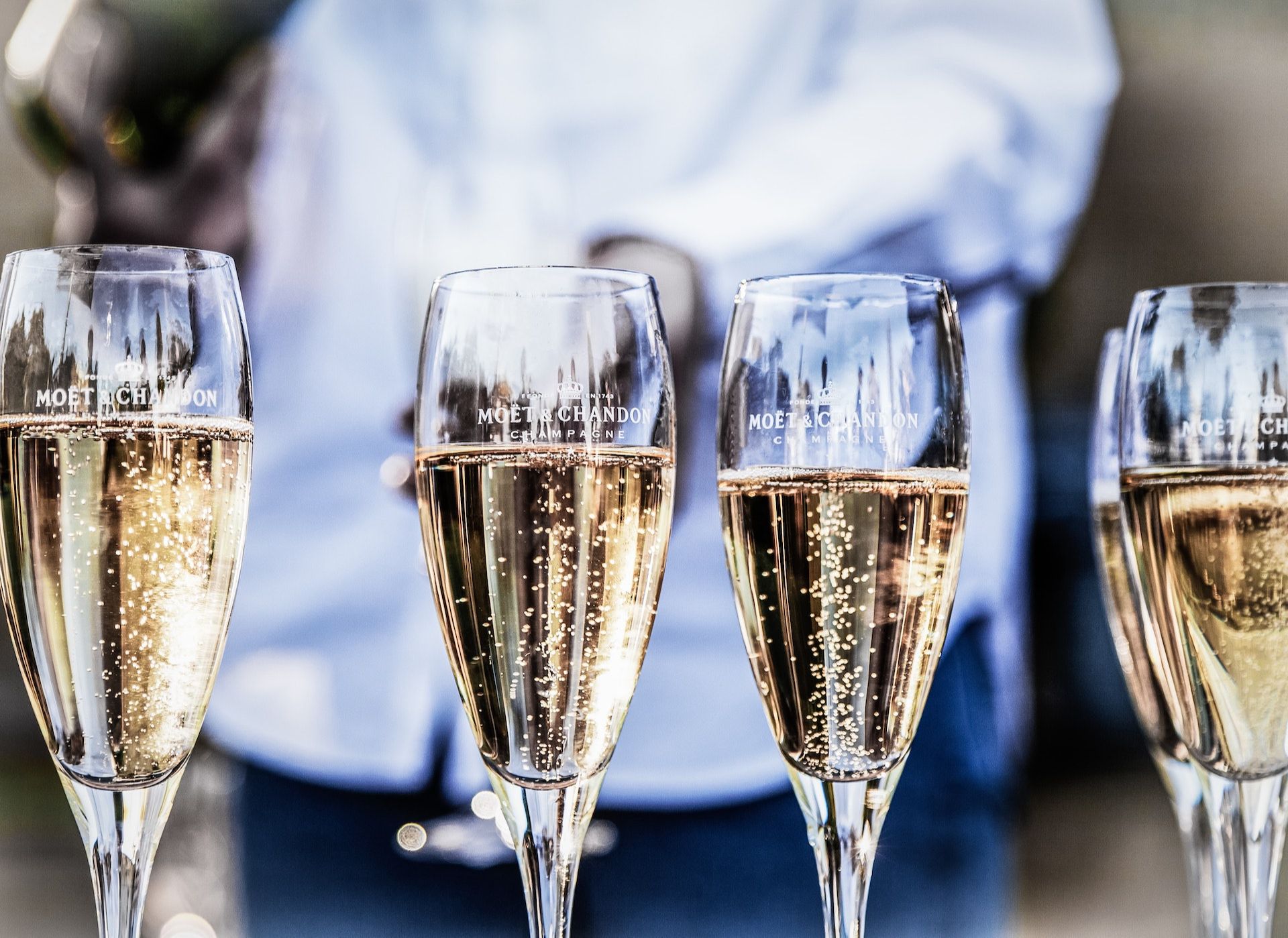A History of Champagne
Synonymous with partying, champagne has become the must-have drink for all occasions. It’s not uncommon in France to cry out, “Get the champagne!” when someone announces good news.
The Party Drink
Whether you savor bubbly in a coupe or in a flute, it’s effervescent nature wins guests over because, as we all know, a party without champagne just isn’t a party. Opening a bottle of champagne is in and of itself a veritable ritual. No one knows where the cork is going to land! Even the most gifted might try to crack open the bottle or serve it into a fountain of stacked glasses.
History of an Appellation
The appellation “champagne” is highly regulated. It’s exactly this strict control and regulation that allows all the various producers to be recognized. The appellation guarantees a certain quality for the consumer while also ensuring its attractiveness and buying potential in overseas markets. Since 1941, the Comité Interprofessionnel du Vin de Champagne (CIVC) has protected champagne and its makers.
The wine-growing region of Champagne reached its apogee during the 18th century when 50,000 hectares were cultivated. This number was significantly reduced following damages caused by the phylloxera disease and WWI. Today, the region totals around 33,000 hectares.
An appellation also delimits a geographic zone in which wine must be cultivated and produced. If production occurs outside of this specific region it cannot claim the appellation “champagne.”

Beginnings
Believe it or not, champagne was initially not sparkling wine. It was simply called “wine of Champagne” between the 16th and 17th centuries. According to legend, the process that allowed the wine to have its effervescence was discovered by the Benedictine monk Dom Perignon (sound familiar?). His method, however, was approximative. Scientific advancements, such as the work of Louis Pasteur on fermentation, allowed for its effervescence to remain intact. Historically, Maison Ruinart is the first Champagne wine producer to propose sparkling champagne (1729).
Despite champagne’s reputation as a luxury product, champagne can be found on the majority of tables as soon as the opportunity arises. The most famous champagne producers ensure a high-quality product that consumers trust in. That said, don’t hesitate to visit the smaller, less known producers who also deserve to be recognized!
